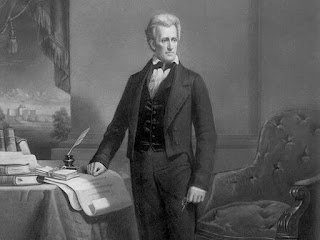Enubuj island, Kwajalein Atoll, Marshall Islands, February 4th, 1944.

Enubuj island, Kwajalein Atoll, Marshall Islands, February 4th, 1944. A view of an M1 155mm howitzer which blew up, killing five of its crew and injuring several others quite seriously. Cause of the accident was believed to be a defective fuse. Another cause for these type of accidents was the separately loaded powder. It was vital that the powder chambers of the 155mm tubes were to be swabbed and inspected after each round was fired. If too much powder residue built up in the barrel, it could cause a catastrophic explosion when a round was fired. Amazingly, those incidents were relatively rare. The origin of the M114 actually lay in an initiative by the US Army to design and develop a modern carriage system for its aged M1918 155mm guns. The M1918 was nothing more than a copy of the World War 1-era French Canon de 155 C modele 1917 Schneider system which was procured in number by the American military. When it was decided against modernizing the older M1918 guns in th...





